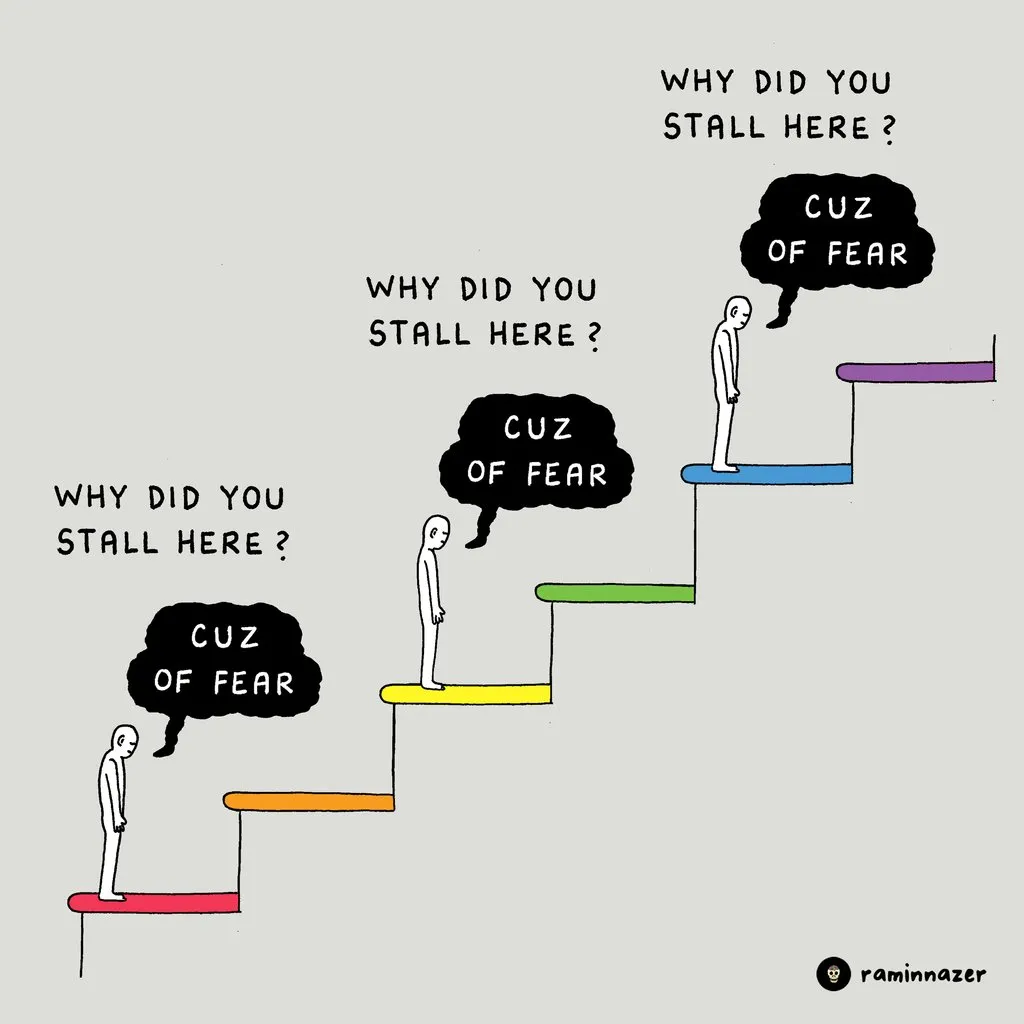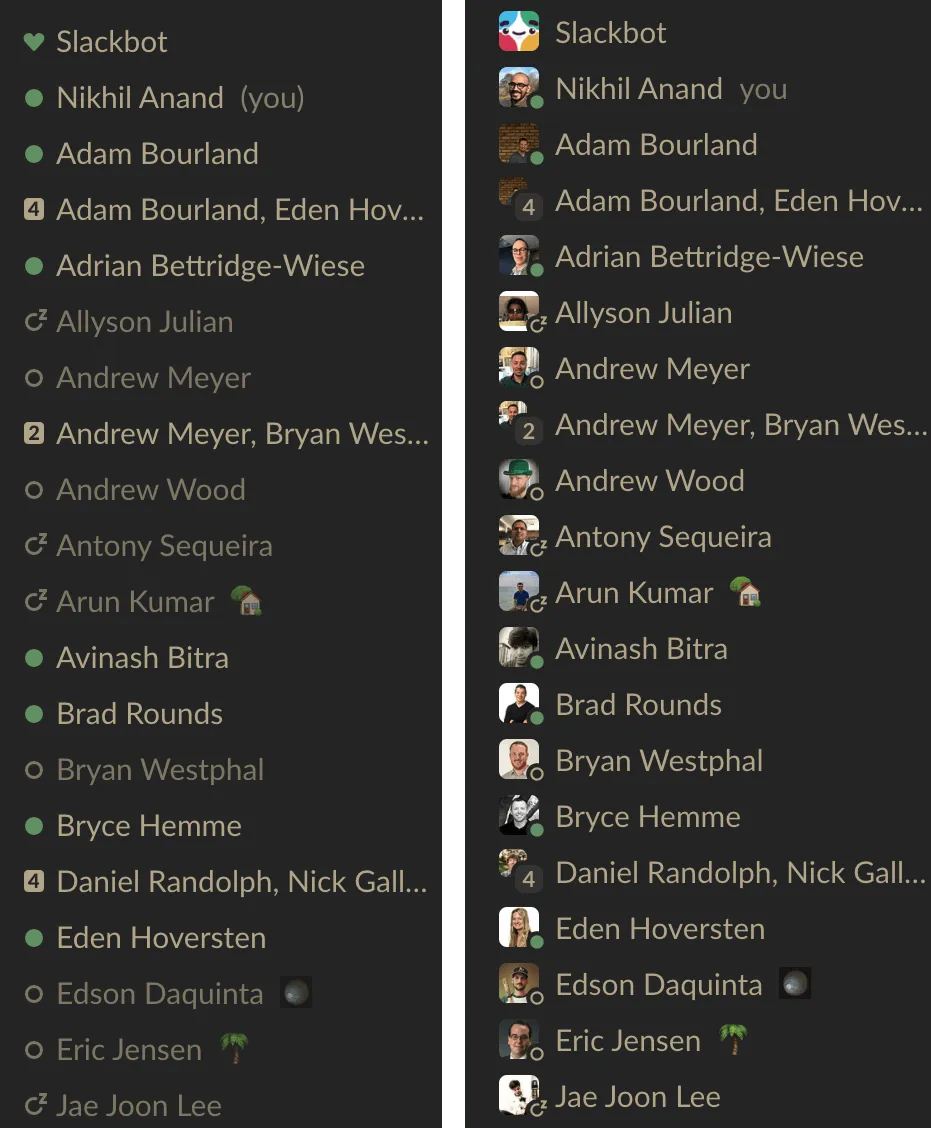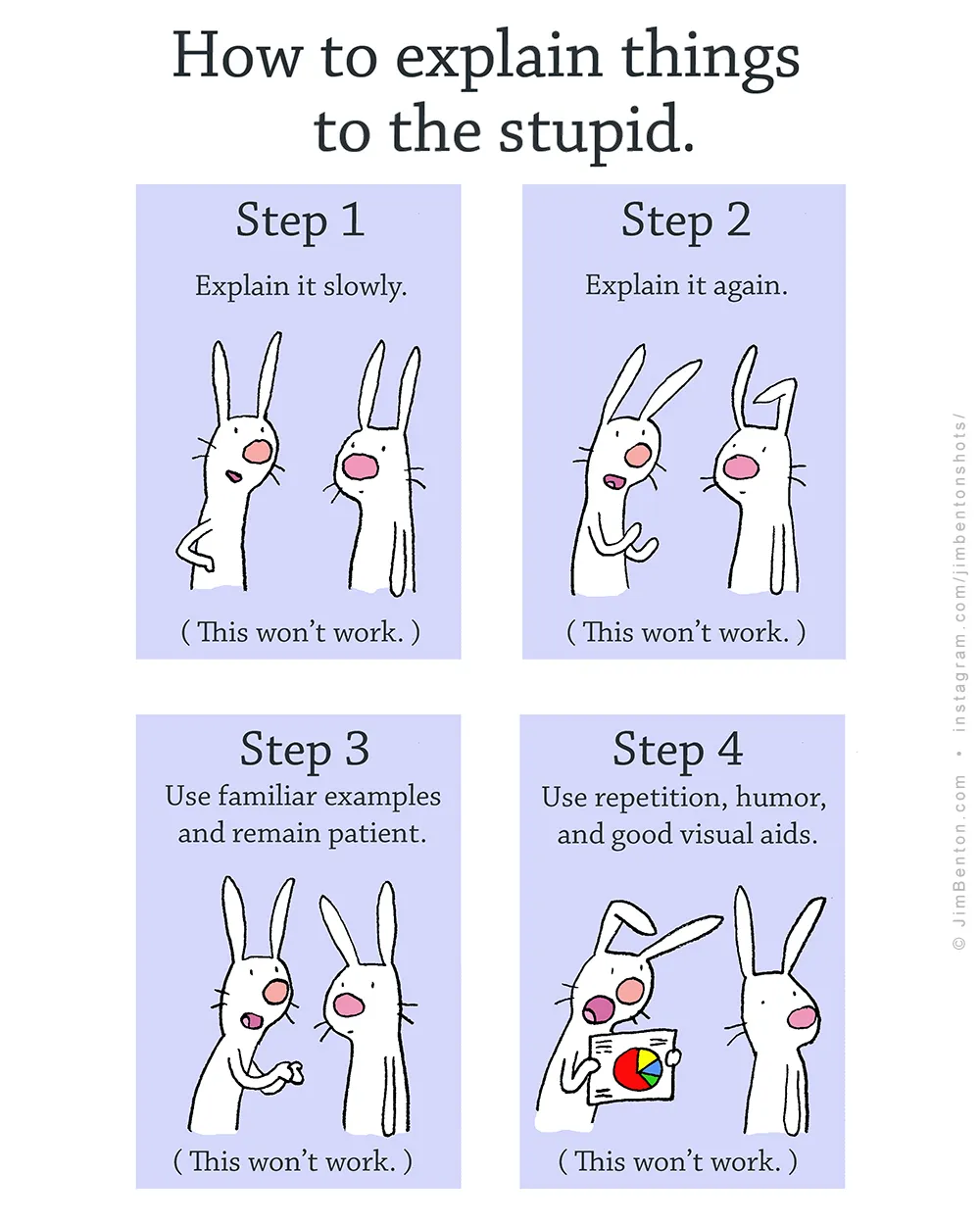What’s the most common mistake people make when choosing their spouse?
by LaTuFu on Reddit
Child of divorce, professional who dealt with divorcing couples for many years, Adult who went through a divorce, remarried and volunteer counseling/mentoring for couples today.
Here are the most common mistakes I’ve seen (my own as well as collectively) in the failed and struggling marriages I’ve seen:
-
One or both spouses have unresolved childhood baggage issues that will rear its head in their adult relationships. Examples of these include (but not limited to) physical or emotional abuse/neglect in the home; sexual abuse; one or both parents had substance abuse/addiction issues; one or both partners came from a divorced or single parent household. Among the many reasons why this is such a significant factor is if you grow up in a dysfunctional environment, you have no idea how dysfunctional and unhealthy it really is. To you, its normal, it is all you’ve ever known. So if Mom and Dad resolved conflict by getting drunk, yelling at each other and then not speaking for days, guess what you have a chance of modeling as an adult in your own relationships?
-
Understanding what “marriage as a priority” really means. When you get married, your marriage has to be the main priority in your life. Not your career, not your spouse (i.e. don’t put them on a pedestal), not your kids, not your hobbies or your personal fitness. The fact is, when you get married, you no longer get to call all of the shots. Gotten used to staying up all night playing XBOX with your boys on weekends? Not going to work in a marriage for an extended period of time. You’re going to have to accept the fact that if you want to have a healthy marriage, compromise is your new word of the day. In some cases you may have to give things up entirely, or learn to say “no for now.” While this often tends to be more of a struggle for men, women can also struggle with this issue. I’m not saying that getting married means giving up you completely, or kiss all of your favorite activities goodbye. What I am saying is, if you want your marriage to be healthy, you now have someone else in your life who gets an equal (not dominant–equal) say in how you spend your free time.
-
Poor communication skills. A shockingly high number of adults lack basic healthy communication skills and conflict resolution skills. Its heart breaking to have conversations with struggling couples who won’t speak to each other with a kind word for any reason. Both spouses should feel that their marriage is the one safe place in the world for each other. Unfortunately, in many instances, it is the last place a spouse can go for emotional safety. If you don’t feel your partner is your first friend, your best friend, your most trusted friend, then something is broken in your communications with each other.
-
Vastly different backgrounds. Don’t get me wrong. Anyone can be successfully married to someone else if both people are committed to it and willing to work on it. But most of the time, that’s just not the case. Societal/familial pressures are real, and it is important to assess them if you find yourself in a relationship that is impacted by them. Are you dating a trust fund baby/very wealthy child and you are the Jack Dawson? Tread carefully. It makes a great movie, but statistically, Rose winds up marrying Cal far more often than running off with Jack, because she doesn’t want to deal with the family pressure or get cut off financially. Sorry, that’s reality, not the movies.
-
Similar to different backgrounds, different motivations in life. Do you know what your partner wants out of life? Do they aspire to be an artist who welds clown sculptures out of mufflers? That’s great, but will it support the two of you, and if it won’t, will you be okay supporting them while they’re making Pennywise the Dual Exhaust Killer? Do they want to be a stay at home parent? Are you okay being the sole breadwinner? What if it is the reverse?
-
One. Union. Combined. Together. This notion is one that I see a lot of guys–especially high wage earners who are the sole income for the family–stumble over. Whether you are religious or not, the fact is when you get married you are no longer two individuals. You’re one. The law sees you that way, the tax code (at least in the US) sees you that way, and society sees you that way. There is no such thing as “mine and yours” in a marriage. There is only “ours.” The faster you get that concept nailed down, the better off you’ll be. I’ve seen many marriages collapse just over this issue alone.
-
Marriage is not an event, its a journey. So many couples stop trying to pursue each other after the wedding day. Guys and girls do this. Stereotypically/historically, men tend to focus on their careers/making money; women tend to focus on raising the children and/or managing the household. (I realize not in every situation) Both spouses stop taking time to compliment each other, appreciate each other, go out on dates, weekend getaways, or generally just spending time chasing after each other. They take each other for granted and begin to drift apart. “We just fell out of love” is one of the most common phrases I hear in couples struggling, and the sad thing is, its one of the easiest traps to avoid.
-
Friends and family around the marriage. This is especially hard for people who come from dysfunctional families. When you get married, your new spouse automatically gets moved to the front of the line. In front of your parents, siblings, lifelong besties, etc. They’re great to have in your life, but all of them have to take a distant back seat to your new spouse. If you’re a guy who has had a doting mother all your life and she’s told you what to do, who to marry, where to go to college, etc, you have a tough job ahead of you. The Monster-In-Law stereotype exists for a reason. If your new wife turns pale when your Mom’s number pops up on your cellphone, you need to talk to your wife and find out what boundaries she’d like to have installed. If you are Daddy’s little girl and nobody has ever been good enough in your Dad’s eyes, its time for you to tell Dad that you’re so grateful for his love and support, but Jim is more than good enough in your eyes, so you need him to be in his eyes, too. And sadly, if you have friends or family members who are toxic to you or your marriage, you may be forced to make a very difficult decision in your life. Anyone who sits around bitching about how much they hate their life, their spouse, their kids or how you’re going to eventually feel the same way about yours–put distance between you as fast as you possibly can. We tend to adopt the attitudes of the company we keep. So if you spend all your time with negative people…guess where you’re going to be mentally?
-
Date to establish trust. Time is actually your friend, not your enemy. Do not ignore ANY red flag you see in a relationship. Examine it for what it is, then determine if it is something you can work through with the other person, or is it something they refuse to acknowledge or deal with? If you’re dating someone who is selfish and they refuse to see it, they will not magically become unselfish because you were kind enough to marry them. Red Flags ignored in dating will become the rocks upon which your marriage boat smashes in the coming storms. If there are multiple red flags and they won’t talk to you about any of them, walk away. It doesn’t matter if you’ve already moved in, share the bank account, the dog, and a car. Get out now. If they’re not willing to work on things that impact the security of a relationship today, you can count on them not working on them after you get married.
Marriage is not easy. It requires a lot of work sometimes, even when you are both on the same page, have great communication, great sex (which will happen very easily if the rest of the relationship is healthy by the way) and great chemistry. People get sick, they get laid off, their family members die, children get sick, get hurt in accidents, friends have affairs, get divorced…life is challenging and it impacts our relationships, sometimes in ways we’re not expecting or prepared for. If you’re not willing to value your marriage above everything else in your life, its going to be really hard for it to survive the day in and day out challenges of living.






















